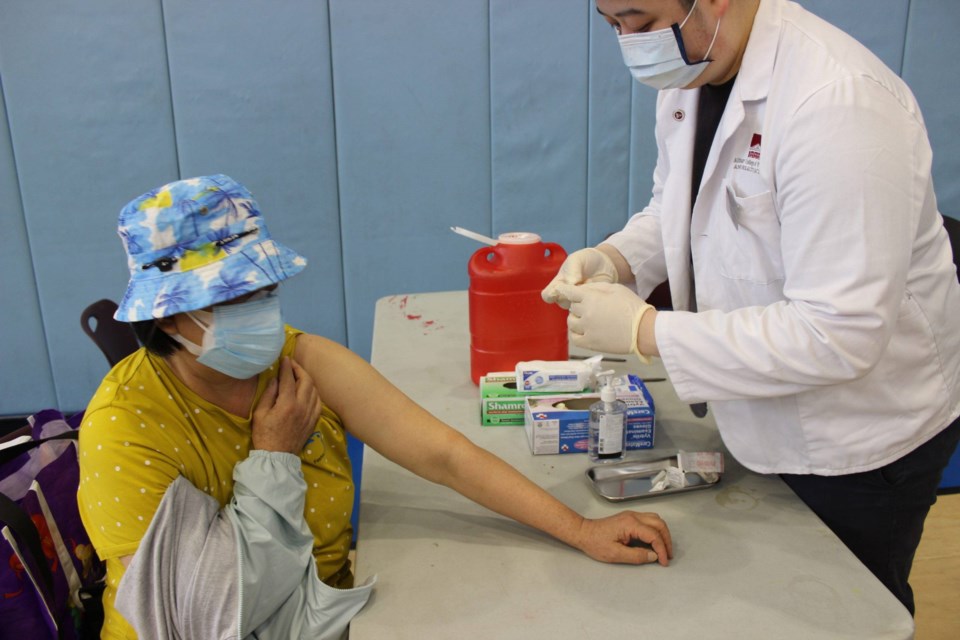The New York City Health Department has launched the NYC Childhood Vaccination Data Explorer, an interactive online tool that offers a detailed look at vaccination rates among children across the five boroughs.
The new resource breaks down immunization data by borough, ZIP code, race, and ethnicity, providing a clearer picture of disparities in vaccine coverage. City health officials say the platform will help guide targeted outreach and public health strategies.
“Vaccines are one of the greatest achievements in public health history,” said Acting Health Commissioner Dr. Michelle Morse.
The tool features immunization data for various age groups and vaccine types, including the combined 7-vaccine series for 2-year-olds. This aggregate measure covers DTaP, polio, MMR, Hib, hepatitis B, varicella, and pneumococcus. It also tracks coverage of HPV and flu vaccines among older children and adolescents.
As of Dec. 31, 2024, only 65% of NYC 2-yr-olds had received the full 7-vaccine series by their second birthday. The data show significant disparities: Staten Island recorded the lowest coverage at 53%, while Manhattan and Queens led at 73%. Racial disparities are equally stark. Asian non-Hispanic children had the highest rate at 92%, while white non-Hispanic children had the lowest at 49%.
MMR vaccination rates among 2-yr-olds improved from 88% in 2022 to 95% in 2024, though some ZIP codes still report coverage as low as 54%. Health officials warn that these gaps leave communities vulnerable to outbreaks of preventable diseases such as measles, mumps, and pertussis.
In New York City, vaccines including DTaP, polio, MMR, varicella, hepatitis B, Hib, pneumococcus, and flu are required for children attending school, day care, or summer camps. The Health Department urges families to consult pediatricians about keeping up with recommended vaccine schedules—especially before summer travel, which may require early or additional doses.
The data in the tool come from the Citywide Immunization Registry, which tracks vaccine records for all NYC residents under 18. The tool is updated twice a year and includes data from the past five years. Users can also download datasets and access personal immunization records through the city’s My Vaccine Record portal.
“Before vaccines, infectious diseases were the most common cause of death and disability in the United States,” Morse said. “The NYC Health Department’s work is grounded in science and equity. We are committed to providing New Yorkers with accurate, evidence-based information to help them make decisions about life-saving vaccinations.”
The Data Explorer is designed to support health care providers, community leaders, and public health advocates in ensuring equitable access to vaccines and protection against preventable illness for all New Yorkers.




